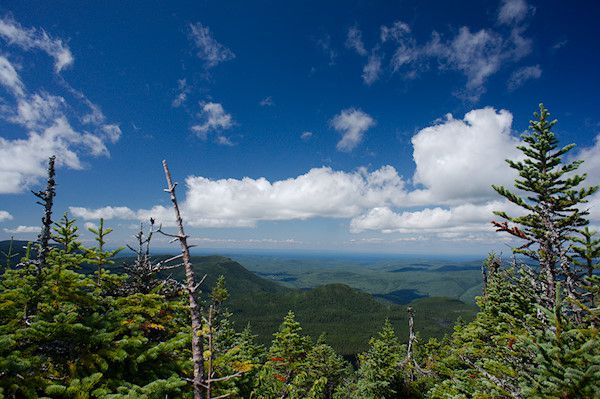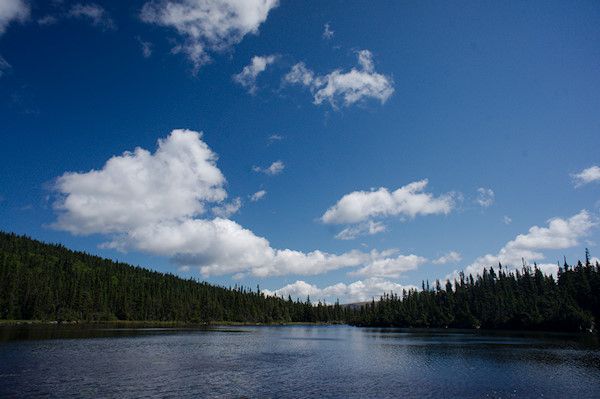The premise behind barefoot and minimalist shoes is that having strong, limber, well-developed feet is better for health and injury prevention over the long term; much better than depending on cushioned, built-up shoes.
If your feet have been shackled in overbuilt kicks for most of your life, chances are your feet are pretty weak. Making the transition to barefoot, or a more minimal shoe for everyday wear helps, but only to a point. There will be a plateau in foot development that occurs once your muscles reach the minimum that is required to sustain your daily activity. Beyond that, they will not do much.
Just because you might be a staunch all-day barefooter, doesn't necessarily mean your feet are well developed - the same way that you can't have a well conditioned body without a lot of hard work beyond your daily life (unless of course your daily life involves a lot of physicial labor). If you want a healthy, strong foundation to support the rest of your activities, you need to work those feet and build them up.
Here is the good news: developing your feet is easy, a lot of fun, and can be done as a recovery activity. That's right, you can both build muscles and recover at the same time. Be careful though... the foot exercise I am about to describe to you about is HIGHLY addictive.
So what is this miracle foot exercise? Hiking.

The Benefits of Hiking
-
When hiking, your body has to contend with non-uniform terrain. You have rocks, boulders, roots, water, steep slopes, gravel, mud, sand... all manner of earthly obstacles. In order to contend with this your feet have to constantly adapt in order to hold you upright. This does miracles for foot development. No other exercise will work out your feet and ankles more completely than having to contend with the natural environment for which they were designed.
-
It's like getting both a workout and a foot massage at the same time. It feels really good. At the end of a hiking session, your feet muscles should feel tired, maybe even sore, but not the bad kind of sore.
-
Hiking is a slow activity. Maybe a more appropriate phrase is that hiking can be a slow activity. This makes it an excellent recovery activity for people who do a lot of other physical training (runners, cyclists, etc.). That being said, depending on where you are hiking and how fast you are going, you can make hiking quite aerobic as well. In either case you still get the benefits of excellent foot development without having to take away from your normal training routine (if you have one).
-
Hiking is beautiful. This is not boring exercise with isolated movements and sets and reps. You get to be outside in nature, feeding your mind, body, and spirit while at the same time giving the feet a good workout. This is the addictive part.
Why Not Trail Running?
Trail running is great exercise too, and shares many of the same benefits as hiking. The problem with running however - especially for people who are just new to the whole notion of minimalist shoes - is that it is very easy to do too much too soon. Hiking tones things down and allows you to maximize foot development while minimizing the chances for injury.
Runners can gain a lot of benefits from hiking, for both recovery and foot development. This should be an activity that everyone considers essential to a well-rounded training routine.
I highly recommend that if you are considering trail running in minimalist footwear, spend a good amount of time hiking in minimalist footwear first so that your feet and ankles have a chance to adapt. I am a firm believer in the long, slow process. I would hate to see anyone - in their zeal to break-free from foot helmets - sustain an injury early on in the process by going too hard in the beginning.

Tips for Maximizing the Benefits from Hiking
-
Go rugged. Stay away from paved trails, and try to avoid flat, wide, hard-packed trails if you can. Try to make your hiking as rugged an experience as possible. The more rugged the trail, the greater the training benefit for your feet. Don't avoid obstacles, embrace them.
-
Go ultra-minimal. Wear really thin soled shoes (like the Feelmax Panka, Sole Runner, Sockwa, or Vibram FiveFingers KSO/EL-X, Altra Samson, etc.), as thin as you can find, and even experiment with barefoot. I can't emphasize this enough. The more minimal you go, the greater the benefit. Throw an extra pair of more protective shoes in your pack if you like, as insurance in case your feet get really tired.
-
Do it every week. The more often you do this activity the better. Make it a regular part of your routine.
In Conclusion
I am not suggesting you go ultra-minimal every time you go hiking. I am suggesting you use this as a tool in your training arsenal, especially if you are looking to kick your foot strength/rehab into high gear.
When I first discovered the benefits of minimalist footwear, I wore a pair of Vibram FiveFingers Classics (now discontinued) on all of my day hikes - almost weekly. My feet were really tired and sore by the end of the day, but it did miracles for foot development. I am now able to wear a wide range of minimalist shoes, and I like to change things up to keep it interesting and to maintain that development.
